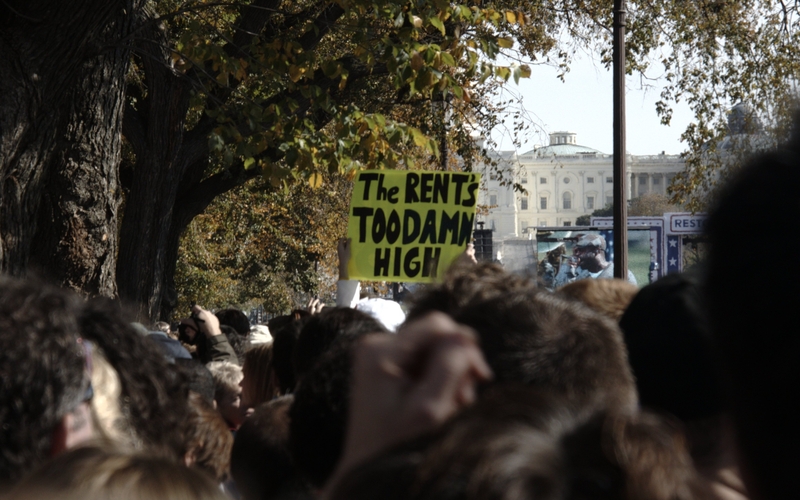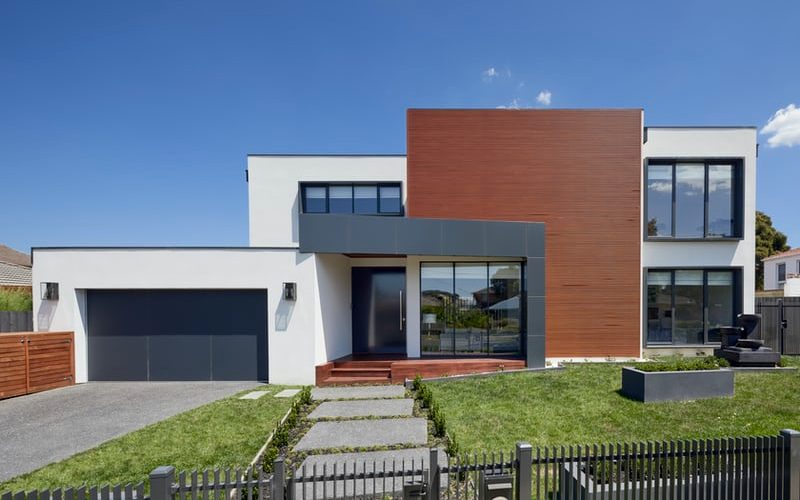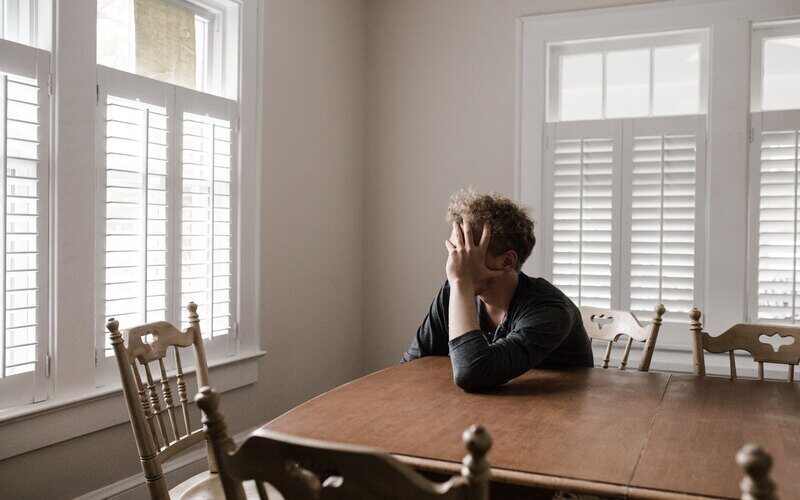This comes as the Rental Affordability Index published by SGS Economics and Planning revealed Greater Brisbane sits only behind Greater Hobart as the second-least affordable capital city region to rent.
Further, a new report from the University of New South Wales and City Futures Research Centre has revealed since 2020, Brisbane apartment rents have risen by 23% and house rents have risen by 33%.
Despite this increase, the sharpest lift in rents have been applied to regional markets, with the report revealing over the past five years median rents rose by 80% in Gladstone, 51% in Noosa and 33% in the Gold Coast.
The decision to implement a rental price cap announced Tuesday by the Queensland Premier is designed to give people renting a ‘fairer go’.
Capping it to one rental increase per year brings the Sunshine State in line with the likes of Victoria, NSW, SA, and Tasmania.
Tenants Queensland CEO Penny Carr said while the Premier’s decision to cap rental price increases is welcome, we need to go further limiting the amount of rent increases to a percentage above inflation.
“This decision while welcome, will not do very much to limit property owners from continuing to lift rental prices significantly,” Ms Carr told Savings.com.au.
“Since January we have spoken to over 200 renters, with rental increases at an average of $100 per week.
“We are calling for the Premier to go further, limiting the capacity of the cap in respect to inflation.”
The ACT already caps rental price increases at 10% above the rate of inflation, and SQM Research data shows rental asking prices in Canberra have risen just 0.6% compared to 12 months ago.
"I think we now have hard evidence that the rental crisis is now easing in Canberra," SQM managing director Louis Christopher said.
"It isn’t just February we have recorded rises in these cities; they are also up compared to this time in 2022."
"Could we be seeing some light at the end of the tunnel for our national rental crisis? Perhaps for some cities and regions, yes."
On the other side of the coin, InvestorKit Head of Research and Founder Arjun Paliwal believes rental caps create a disincentive for investors to purchase a property in Queensland.
“Further legislative intervention can cause blockages in investment activity,” Mr Paliwal said.
“It’s also likely that more Queensland investment owners will consider selling. Temporarily, some first-time owners would take over that stock and feel they won, but long-term rental properties will continually shrink, making the rental crisis worse.”
SQM Research notes to February 2023, rental vacancy rates in Brisbane remain at record lows of 0.8%.
Will this cap help tackle the pressing issue of rental supply?
CoreLogic research shows there has been less appetite for investment home loans, with investment listing numbers dropping compared to a year ago.
Speaking to Savings.com.au, PRD Chief Economist Dr Asti Mardiasmo said ultimately the question is asking what the true purpose is behind the cap.
“If the purpose is security for renters, it only increases this by a little bit. I say that because most rental agreements are already on a 12-month basis and owners can decide to sell at any time,” Dr Mardiasmo said.
“For those who are on a 6-month lease and it is coming to an end, the danger with this rental cap is that the owner or landlord now has to try and project costs 12 months ahead.
“With the uncertainty attached to current economic conditions - cash rate, mortgage repayments, council rates, insurance fees, body corporate, and so on - you might actually end up with owners or landlords increasing the rent higher, as they cannot flex at the 6-month period.”
“For example, a landlord might say – I can increase by $50 for the next 6 months and then review (based on costs in the next 6 months), but now I have to try and project for 12 months, I don’t know what will happen so I might increase by $150 just in case to cover costs.”
However if the purpose is to increase rental supply, Dr Mardiasmo does not believe the introduction of the cap is the most effective policy.
“This policy impacts a landlord’s decision on whether to stay or tap out. So it can either keep the supply level the same or decrease it,” she said.
“A policy with an 'increase rental supply' purpose should not result in current investors questioning whether or not to stay in the game, it should either entice non-investors to enter the game or actually create the stock itself.”
In addition, to entice non-investors to enter the build-to-rent game and boost housing stock, Queensland Treasurer Cameron Dick announced build-to-rent developments would be exempt from the 2% foreign investor surcharge for 20 years, alongside a 50% reduction in land tax.
Image by vaxomatic via Creative Commons.

Ready, Set, Buy!
Learn everything you need to know about buying property – from choosing the right property and home loan, to the purchasing process, tips to save money and more!
With bonus Q&A sheet and Crossword!



 Harry O'Sullivan
Harry O'Sullivan
 Bea Garcia
Bea Garcia
 Denise Raward
Denise Raward
 Harrison Astbury
Harrison Astbury


